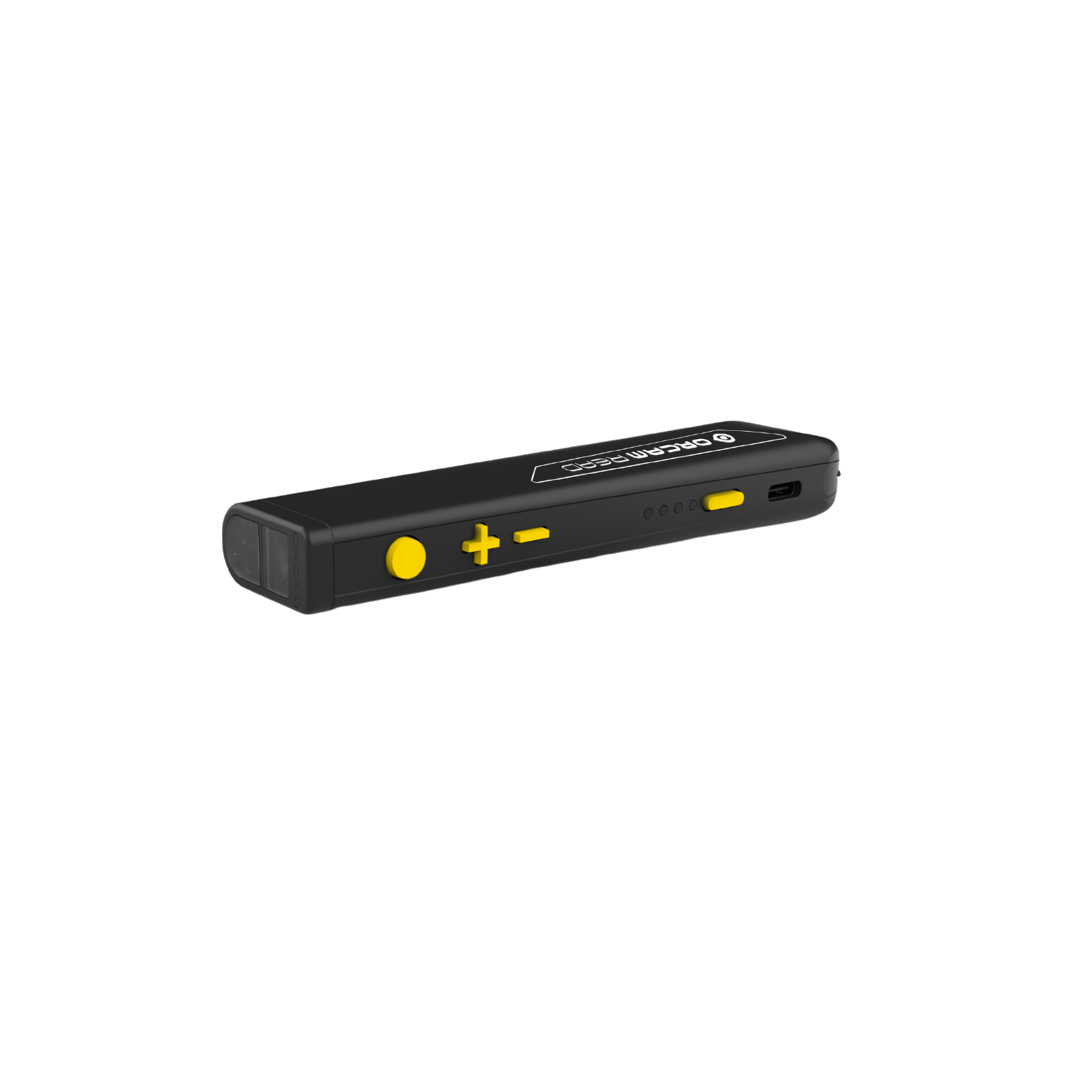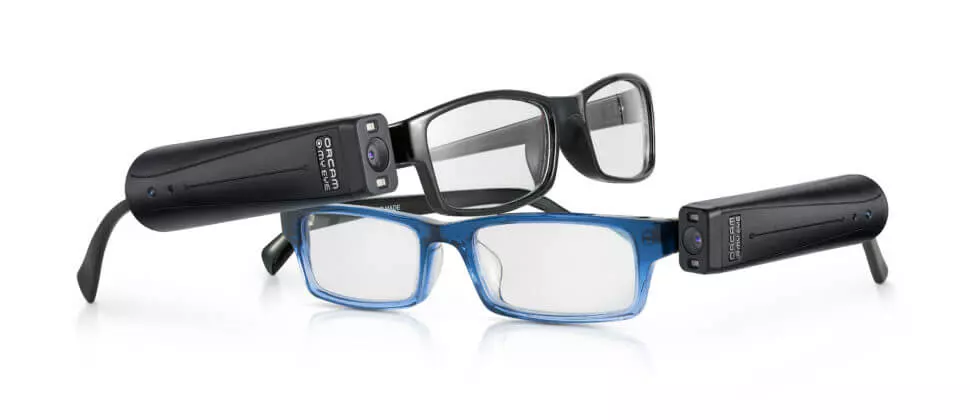Wearable Technology for Low Vision: Making Routines Easier
Wearable Technology for Low Vision: Making Routines Easier
Blog Article
Discover Cutting-edge Devices Developed for the Visually Damaged
The growth of ingenious tools for the aesthetically damaged stands for a significant advancement in availability and self-reliance. Technologies such as clever glasses with AI capacities and mobile applications designed to give auditory descriptions are reshaping daily experiences for individuals.
Smart Glasses for Navigation

Smart glasses created for navigating are changing the method aesthetically impaired individuals interact with their setting. These sophisticated gadgets make use of a mix of cam modern technology, man-made knowledge, and acoustic comments to give real-time information regarding surroundings. By utilizing challenge discovery systems, clever glasses can inform customers to prospective threats, allowing much safer movement in both acquainted and strange setups.
The assimilation of GPS modern technology additionally enhances navigation capacities, enabling customers to obtain auditory directions as they relocate. This hands-free technique not just promotes independence yet additionally equips aesthetically impaired individuals to browse metropolitan landscapes with raised confidence. Additionally, lots of wise glasses are furnished with features that identify sites and street signs, offering contextual information that improves the individual experience.
In addition, the advancement of these devices is continuously advancing, with companies functioning to boost the accuracy of object acknowledgment and increase the series of navigational functions. As clever glasses come to be much more inexpensive and available, they hold the possible to significantly change daily life for visually impaired users. Eventually, these innovative devices represent a crucial action toward inclusivity, offering boosted flexibility and a greater feeling of autonomy for individuals navigating the globe around them.

Mobile Application for Daily Living
How can mobile applications enhance the everyday lives of aesthetically impaired individuals? Mobile applications are changing the method visually damaged individuals browse their environments, take care of daily jobs, and accessibility information. These applications give necessary support via numerous performances, cultivating self-reliance and boosting lifestyle.
Numerous ingenious mobile apps are made specifically for day-to-day living. Applications like Be My Eyes attach aesthetically impaired individuals with sighted volunteers by means of video phone calls, allowing them to get real-time assistance with jobs such as checking out labels or navigating unknown spaces. In A Similar Way, Seeing AI, established by Microsoft, makes use of synthetic intelligence to define environments, reviewed text, and identify items, successfully changing a smart device right into a powerful device for day-to-day help.
Furthermore, navigating applications tailored for the visually damaged, such as Aira and BlindSquare, use audio-based directions and environmental information, allowing individuals to traverse their surroundings securely and confidently. Past navigation and instant assistance, mobile apps additionally sustain company and job management, with functions that assist users establish tips, produce to-do checklists, and track visits. In summary, mobile applications act as essential resources, equipping aesthetically damaged individuals to lead more independent and satisfying lives.
Wearable Technologies for Aid
Empowerment via technology is significantly obvious in the world of wearable gadgets created to aid visually impaired people. These cutting-edge devices integrate effortlessly into every day life, boosting navigation and offering vital comments to customers. As an example, clever glasses furnished with video cameras can check out and identify faces text aloud, allowing individuals to communicate more confidently in expert and social setups.
One more significant development is the usage of haptic feedback systems in wearable tools. These systems use resonances or various other responsive signals to share details about the individual's atmosphere, such as challenges or adjustments in terrain, enhancing wheelchair and safety. Wearable innovations likewise include wristbands that link to smart devices, alerting users to notifications via subtle vibrations, thus enhancing connectivity without reliance on visual signs.
As these modern technologies continue to progress, they are not just improving independence for visually damaged people but additionally promoting a greater feeling of addition in society. By linking the space between challenges faced in daily living and the potential for freedom, wearable modern technologies act as essential tools in the pursuit for equality and empowerment for those with aesthetic disabilities.
Audio Summary Devices
Audio description devices play a crucial function in boosting ease of access for aesthetically damaged people, offering them with the capability to involve with aesthetic media. OCR devices for the blind. These tools offer narrated descriptions of key aesthetic aspects in movies, television shows, and live efficiencies, making sure that individuals can fully understand the context and emotions shared via visuals
Audio summary can be integrated into various my review here platforms, including streaming services, movie theater screenings, and live theater. Numerous popular streaming services now include audio summary as an access function, allowing viewers to choose it easily. In enhancement to traditional media, specialized applications additionally exist, offering audio descriptions for art exhibits, museums, and other social events.
The effectiveness of audio description rests on the ability of the storytellers, who should convey aesthetic details succinctly without diminishing the initial sound. Technologies in this field are also paving the way for more personalized experiences, where customers can adjust the degree of detail and pacing according to their preferences.
Braille Innovations and Tools
Braille innovations and gadgets have dramatically transformed the method aesthetically impaired people interact with message and details. Modern innovations have actually led to the growth of flexible tools that boost literacy and freedom among users.
In addition, portable Braille notetakers combine traditional Braille input with modern-day capabilities, promoting note-taking, organizing, and document editing on the go. Assistive technology for the blind. These small tools often include text-to-speech abilities, linking the void between Braille and auditory information
On top of that, cutting-edge Braille printers have actually emerged, permitting customers to produce Braille labels, files, and instructional materials effectively. This ease of access cultivates greater engagement in professional and instructional settings, eventually advertising inclusivity.
Additionally, study right into smart Braille innovations continues to broaden. Tools that incorporate expert system are being discovered to provide real-time navigation assistance and contextual details, improving the customer experience in diverse settings. In general, these advancements mirror a click here for info dedication to empowering visually impaired people via technology, ensuring they can conveniently access and engage with the globe around them.

Final Thought
The advancement of ingenious tools for the aesthetically impaired considerably improves freedom and top quality of life. Smart glasses, mobile applications, wearable technologies, audio description devices, and Braille technologies jointly equip individuals by providing essential navigating aid, environmental awareness, and boosted reading experiences. These modern technologies not only foster better addition however also promote freedom in day-to-day activities, ultimately adding to a more fair and obtainable society for aesthetically impaired individuals. Proceeded advancement in this field holds pledge for further enhancements.
As wise glasses come to be find out here now a lot more easily accessible and inexpensive, they hold the potential to substantially change daily life for visually impaired customers. Mobile apps are transforming the method aesthetically impaired individuals browse their environments, manage daily tasks, and access information. Apps like Be My Eyes attach visually damaged individuals with sighted volunteers through video phone calls, permitting them to receive real-time assistance with tasks such as reviewing labels or browsing unfamiliar areas.Furthermore, navigation apps customized for the aesthetically impaired, such as Aira and BlindSquare, offer audio-based directions and environmental info, allowing users to traverse their surroundings safely and with confidence.The improvement of innovative devices for the visually damaged dramatically improves freedom and top quality of life.
Report this page